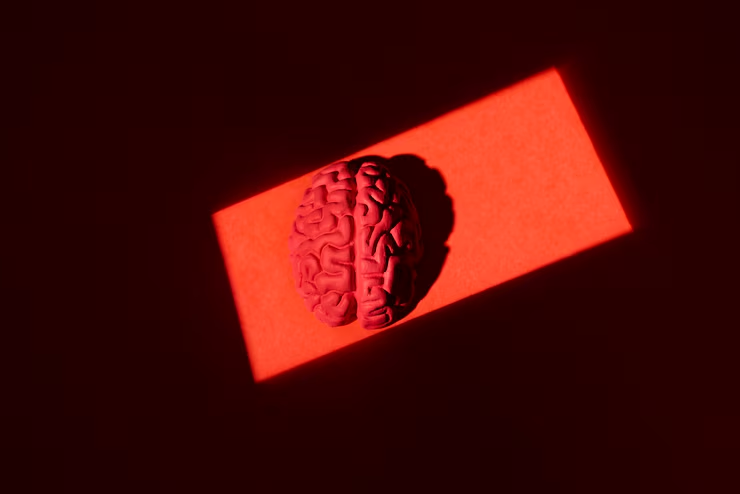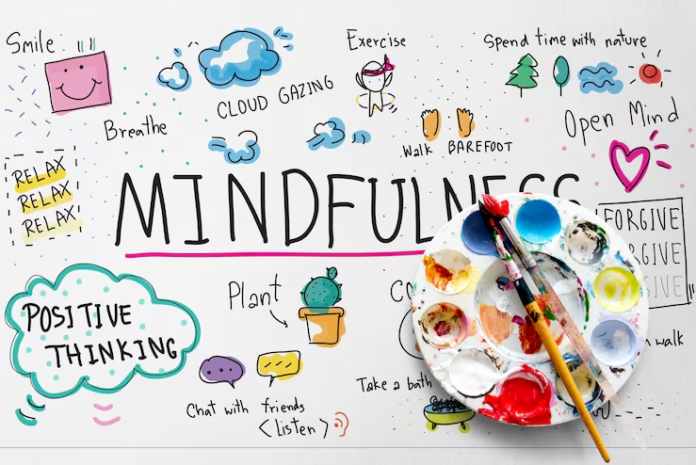Mindfulness for the Modern Brain: A Simple Survival Guide for Our Busy Lives
Picture your brain like a web browser with way too many tabs open—47 to be exact. Three of those tabs are playing music, one is completely frozen, and you’re still trying to figure out why you hear noises! Welcome to life in 2025, where our minds feel overloaded, super connected, and are struggling to keep up in a world that never seems to stop buzzing with information.
Here’s where mindfulness comes in. I’m not talking about the polished Instagram version with perfectly posed yoga shots and avocado toast. I mean the raw, down-to-earth practice that might just help us cope with our fast-paced, constantly plugged-in lifestyles.

The Problem with Modern Life
In today’s society, attention is everything. Companies are fighting for our focus through algorithms, our phones are pinging nonstop, and multitasking has become something we brag about even though it’s really not great for us. Our nervous systems weren’t built to handle this chaos.
And what’s the fallout? Anxiety is through the roof, we’re not sleeping well, and it’s hard to concentrate on anything. Plus, our ability to just exist without distraction has almost vanished.
Science backs this up: being constantly distracted changes our brains. The part of our brain that helps us think and focus, the prefrontal cortex, becomes less active. Meanwhile, the amygdala, the part that deals with fear and stress, goes into overdrive. We’re actually training ourselves to feel anxious and quick to react to everything.
So how do we turn the tide? A simple technique called mindfulness can help.
So, What Is Mindfulness Exactly?
At its essence, mindfulness is all about being present. It’s about paying attention to what’s happening right now—on purpose and without judgment.
Sounds easy, doesn’t it? But in a world where we’re constantly scrolling, it’s actually a bit of a game-changer.
You don’t need to sit cross-legged for hours on end to practice mindfulness. It can look like:
- Taking a few deep breaths before diving into your emails.
- Eating lunch without your phone buzzing beside you.
- Noticing the feel of water on your hands when you wash them.
These little moments are like mini workouts for your mind.

Why Mindfulness Matters for Our Busy Brains
Mindfulness can be like a reset button for your brain. Here’s what research has shown it can help with:
- It can lower feelings of anxiety and depression. Regular practice helps shrink the part of the brain that reacts to fear and strengthens the area linked with memory and emotional balance.
- It boosts focus and mental flexibility. Mindfulness can help get your prefrontal cortex back into gear, which is key for making decisions and sticking to tasks.
- It builds resilience. Mindfulness helps increase gray matter in parts of the brain that deal with learning, memory, and emotions.
Think of it like training your mind. Just like lifting weights builds your physical strength, mindfulness builds the strength of your emotional muscles.
Easy Mindfulness Tricks for Busy People
Let’s be real; not everyone has an hour to meditate. But we can sneak mindfulness into our daily lives without it feeling like a chore.
- The 5-Second Check-In: Take a moment to pause and breathe. Ask yourself how you’re feeling at this moment. It’s a quick way to reconnect with the now.
- Mindful Mornings: Before you reach for your phone first thing in the morning, spend just one minute breathing. Let your brain wake up before diving into the stream of information.
- Tech Timeout: Pick one hour a day to go without screens. No phones, no computers. Your brain will appreciate the quiet time.
- Eat with Intention: Choose one meal a day where you eat mindfully. Leave distractions behind and focus on just enjoying your food. It can make a surprising difference in how you experience it.
- The Not Now Technique: If you get overwhelmed by racing thoughts, keep a sticky note handy. Write down the distracting thought and remind yourself “Not now.” It helps keep you on track.

Can We Be Mindful with Technology?
Let’s face it: technology isn’t the bad guy—it’s all about how we use it. Your phone can serve as a tool for mindfulness instead of a source of stress.
Try these ideas:
- Use focus apps like Forest to help you concentrate.
- Set up Do Not Disturb times during your day to minimize interruptions.
- Follow creators who promote calm living and mental wellness on social media.
- Unfollow accounts that tend to make you feel anxious or comparison-driven.
Your digital space should be a place that supports your well-being, not undermines it.
Mindfulness in Today’s World: A Quiet Rebellion
Practicing mindfulness today is more than just about wellness or mindfulness trends—it’s a subtle form of resisting the chaos. You’re making a stand by saying:
- I won’t be controlled by my notifications.
- I prefer depth over speed in my life.
- I value inner peace more than the pressure to perform.
In a time that thrives on urgency and drowning in distractions, just being calm is an act of rebellion.

Wrapping It Up: Give Your Brain a Break
You don’t have to go live in a monastery or throw away your gadgets. You can reclaim your focus, choose to live in the present, and retrain your mind to find calm amidst the constant buzz.
Next time you feel like your mental tabs are spiraling out of control, take a moment. Close some of those tabs, breathe, and bring yourself back to the here and now. Your brain will surely appreciate it!


